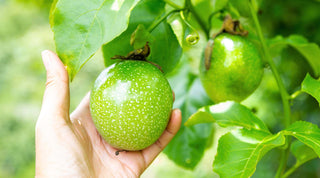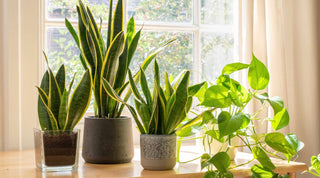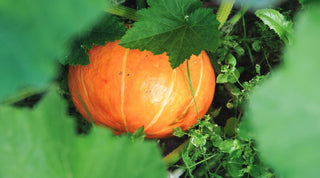Rhubarb, with its tangy flavor and bright red stalks, is a cherished perennial in many gardens.
Whether you're a fan of its use in pies, jams, or as a fresh, garden-grown treat, understanding the best methods to cultivate rhubarb can significantly enhance your gardening experience. In this blog post, we'll delve into two primary cultivation techniques: traditional (outdoor) and forced (indoor) rhubarb growing, outlining the benefits of each to help you decide which method suits your garden and taste buds best.
Traditional Rhubarb Growing
Growing rhubarb using the traditional method involves planting it outdoors in your garden. This technique is straightforward and well-suited for most gardeners.
-
Site and Soil: Rhubarb thrives in well-drained, fertile soil in a sunny or lightly shaded spot. Amend your garden soil with plenty of organic matter and ensure it has a pH between 6.0 and 6.8.
-
Planting: Plant rhubarb crowns in early spring as soon as the soil is workable. Set crowns with the top bud about 2 inches below the soil surface, spaced about 3 to 4 feet apart to accommodate their large growth.
-
Care: Keep your rhubarb plants well-watered, especially during dry spells. Apply a layer of mulch to retain moisture and suppress weeds. A balanced, slow-release fertilizer applied in early spring can promote healthy growth.
- Harvesting: Wait until the second year after planting to start harvesting. This patience allows the plants to establish. In subsequent years, harvest stalks sparingly to ensure the plant remains productive.
Benefits of Traditional Growing: This method enhances the plant's longevity, often producing for up to 10 years. It also yields a more intense flavor, perfect for culinary uses where rhubarb's robust tang is desired.
Forced Rhubarb Growing
Forced rhubarb is grown in darkness, which encourages the plants to produce tender, pale stalks that are less acidic and have a more delicate flavor than their outdoor-grown counterparts.
-
Preparation: Begin by growing rhubarb plants outdoors for two years to ensure they are well-established. In the fall of the second year, lift a healthy, vigorous crown and leave it on the soil surface to expose it to frost for several weeks.
-
Forcing Process: After the frost exposure, move the crown to a dark, cool place like a basement or garage where temperatures remain around 40-50°F (4-10°C). Cover the crown with a large pot or a forcing jar to exclude light completely.
- Care and Harvest: Keep the soil moist. In about 4-8 weeks, the rhubarb stalks will grow in search of light. Harvest when they reach 12-18 inches in length by twisting and pulling them from the base.
Benefits of Forced Growing: Forced rhubarb stalks are tender, with a subtle sweetness unmatched by regularly grown varieties. This method allows for an earlier harvest, usually in late winter or early spring, providing a fresh taste of the garden before anything else is in season.
Conclusion
Whether you prefer the traditional method of growing rhubarb or the unique technique of forcing, each offers distinct benefits. Regular outdoor cultivation yields a robust flavor and ensures a perennial supply of this versatile vegetable. In contrast, forced rhubarb offers a gourmet alternative, with tender stalks that can sweeten the last days of winter. Whichever method you choose, rhubarb is a rewarding plant to grow, promising delicious results for pies, jams, and more. Happy gardening!



